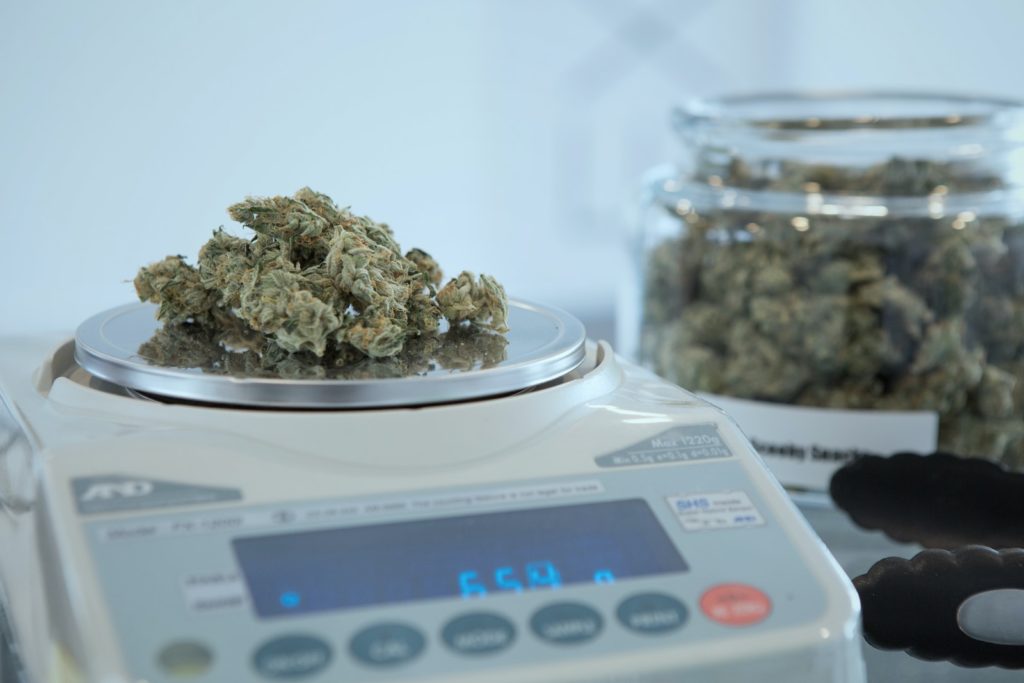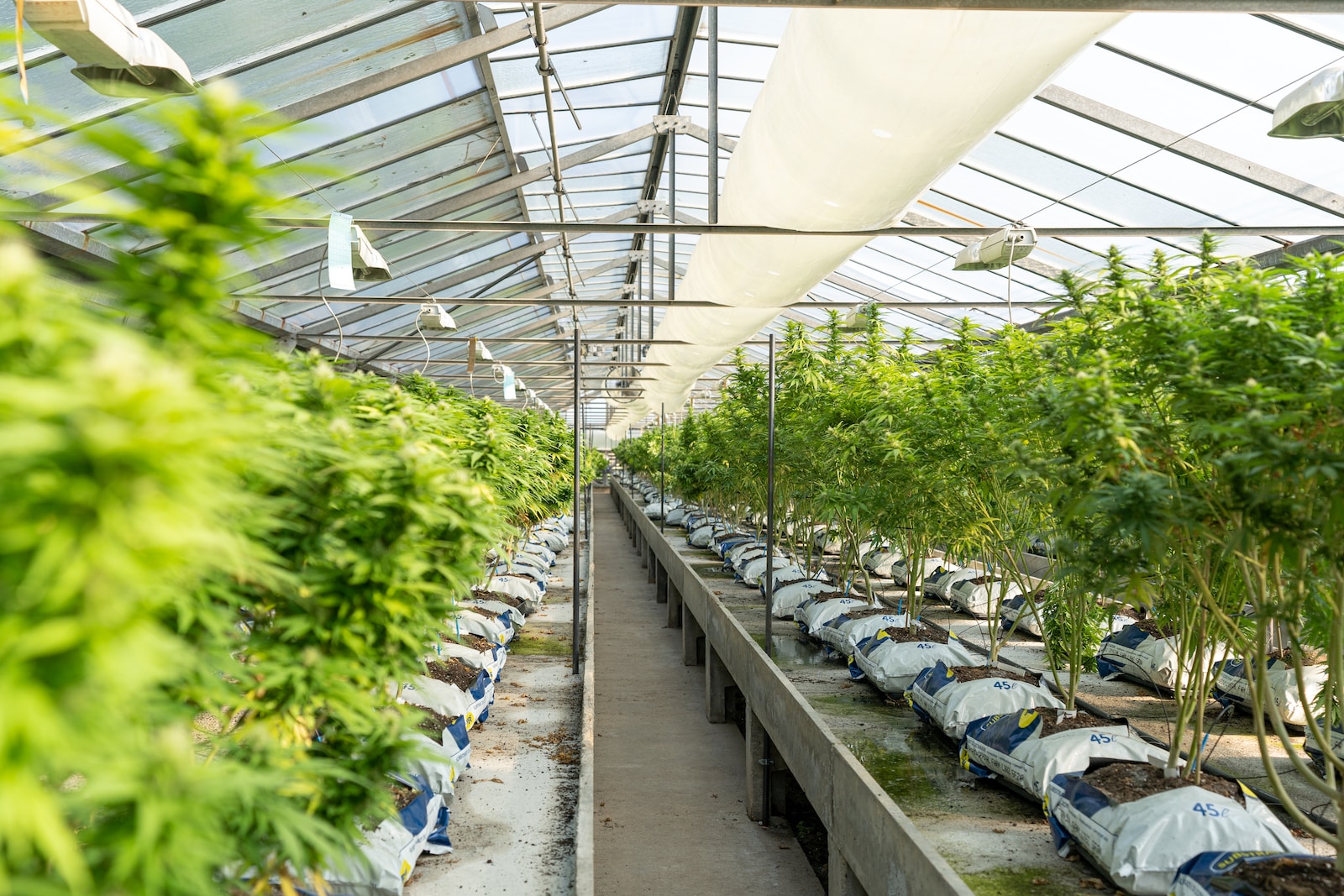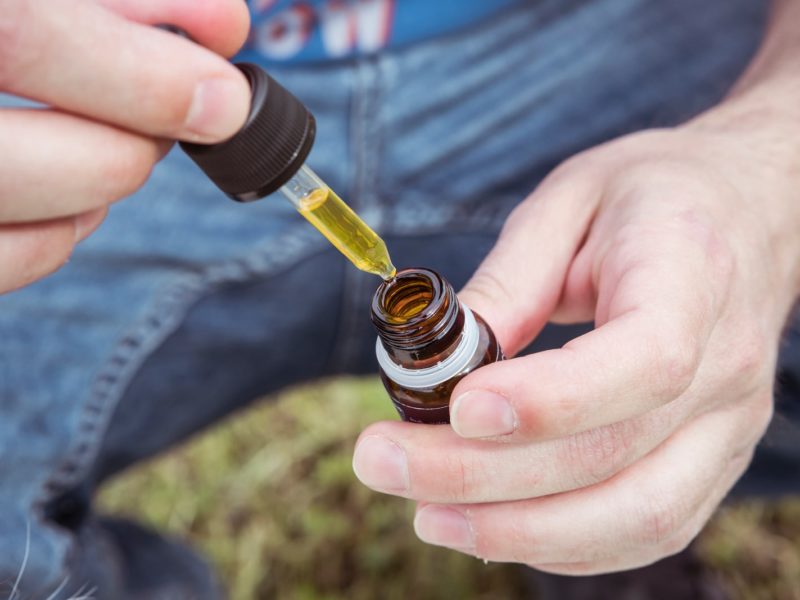In the world of cannabis, the acronym TAC is often mentioned, and it holds a pivotal role in understanding the effects and potency of different cannabis strains. TAC stands for “Total Active Cannabinoids,” and it is a crucial concept for both recreational and medicinal cannabis users. Let’s delve into the details of TAC in cannabis and explore why it matters.
Understanding TAC in Cannabis
Defining TAC in Cannabis
TAC, or Total Active Cannabinoids, is a measurement that encompasses all the active compounds present in a cannabis strain. These active compounds are primarily responsible for the plant’s effects on the human body.
Components of TAC
TAC includes various cannabinoids, such as THC (Delta-9-Tetrahydrocannabinol), CBD (Cannabidiol), THCA (Tetrahydrocannabinolic Acid), CBDA (Cannabidiolic Acid), and more. Each of these compounds contributes differently to the overall effects of cannabis.
Importance of TAC in Cannabis
Understanding TAC is crucial because it helps users predict the potential effects of a particular cannabis product. It serves as a guide for both recreational users seeking a specific experience and medical patients looking for symptom relief.

How TAC Affects Cannabis Potency
The Role of TAC in Cannabis
TAC plays a central role in determining the potency of a cannabis strain. The higher the TAC, the more potent the cannabis product is likely to be. This means that strains with high TAC levels can deliver more intense effects.
How TAC Affects Dosage and Consumption
When using cannabis, whether for recreational or medicinal purposes, knowing the TAC level is essential for dosing correctly. Higher TAC levels often require smaller doses to achieve the desired effect, while lower TAC strains may require more substantial quantities.
Variations in TAC Levels
TAC levels can vary significantly from one cannabis strain to another. Factors such as genetics, growing conditions, and harvesting techniques all influence the final TAC content. This diversity allows users to choose strains that align with their specific needs and preferences.
How Is TAC Measured?
Accurate measurement of TAC is crucial for consumers and producers alike. Various methods are employed to determine TAC levels in cannabis products.
Methods for Measuring TAC
The most common method involves using specialized equipment, such as high-performance liquid chromatography (HPLC) or gas chromatography (GC), to analyze the cannabinoid content of a sample. These techniques provide precise measurements of individual cannabinoids, allowing for the calculation of TAC.
Importance of Accurate Measurement
Accurate TAC measurement ensures that consumers know exactly what they are getting, whether it’s a high-THC strain for recreational use or a CBD-rich product for medicinal purposes. It also enables producers to label their products accurately, helping customers make informed choices.
Factors Influencing TAC
Several factors influence the TAC levels in cannabis strains, making each one unique in its composition and effects.
Environmental Factors Affecting TAC
Environmental conditions, such as temperature, humidity, and soil composition, can significantly impact the cannabinoid profile of a cannabis plant. Different growing environments can lead to variations in TAC content.
Genetic Factors and TAC
The genetic makeup of a cannabis strain plays a crucial role in determining its TAC levels. Breeders select specific genetics to create strains with desired cannabinoid profiles, leading to variations in TAC.
Harvesting and Processing Techniques
The timing of harvest and the processing methods used also affect TAC levels. Harvesting at the optimal time and employing proper curing and extraction techniques are essential to preserving TAC.

The Impact of TAC on Cannabis Effects
TAC not only determines the potency of cannabis but also influences the type of effects a strain produces.
TAC and Psychoactive Properties
The cannabinoid primarily responsible for the psychoactive effects of cannabis is THC. Strains with high THC content are more likely to induce feelings of euphoria, altered perception, and relaxation.
Medicinal Benefits of Specific TAC Profiles
In the medical cannabis world, different TAC profiles cater to various health conditions. For example, CBD-rich strains are sought after for their potential anti-inflammatory and anti-anxiety properties.
Different Types of TAC
Cannabis contains a diverse range of cannabinoids, each with its own unique properties.
THC (Delta-9-Tetrahydrocannabinol)
THC is the most well-known cannabinoid and is responsible for the psychoactive effects of cannabis. It’s often associated with feelings of euphoria and relaxation.
CBD (Cannabidiol)
CBD is a non-psychoactive cannabinoid known for its potential therapeutic benefits, including pain relief and anxiety reduction.
THCA, CBDA, and Other Acidic Cannabinoids
These acidic cannabinoids are found in raw, unheated cannabis and have their own set of potential benefits, which may differ from their decarboxylated counterparts.
Safety and Legality of High-TAC Cannabis
As the demand for high-TAC cannabis products grows, it’s essential to consider safety and legal implications.
Legal Implications of High-TAC Cannabis
The legality of high-TAC cannabis varies from region to region. Some areas permit recreational and medicinal use of high-TAC strains, while others have strict regulations or prohibitions.
Safety Concerns and Precautions
Consumers should exercise caution when using high-TAC cannabis, as the potent effects can be overwhelming for inexperienced users. Start with small doses and gradually increase as needed to avoid adverse reactions.
FAQs
Q: What is the full form of TAC?
A: TAC stands for “Total Active Cannabinoids.” It represents the collective measurement of all the active compounds found in a cannabis strain, including THC, CBD, and others.
Q: Can TAC levels vary in the same strain?
A: Yes, TAC levels can vary within the same cannabis strain due to factors like growing conditions, genetics, and harvesting methods. These variables can lead to slight differences in cannabinoid concentrations.
Q: Is higher TAC always better?
A: Not necessarily. Whether higher TAC is better depends on your personal preferences and needs. Some users prefer strains with high TAC for stronger effects, while others may find lower TAC strains more suitable for their purposes.
Q: How can I check the TAC of my cannabis?
A: To check the TAC of your cannabis, you can consult the product label if it’s legally regulated in your area. Alternatively, some laboratories offer testing services where you can send a sample for analysis.
Q: Does TAC affect the taste of cannabis?
A: Yes, TAC can influence the taste of cannabis. Different cannabinoids contribute to the overall flavor profile. For instance, strains with high THC levels may have a more pungent, earthy taste, while CBD-rich strains might have a milder, more herbal flavor.
Q: What is the future of TAC research?
A: The future of TAC research holds promise for both the cannabis industry and medical fields. Scientists continue to explore the potential therapeutic benefits of different TAC profiles and aim to develop more accurate testing methods to provide consumers with valuable information about their cannabis products.
Conclusion
In conclusion, understanding what TAC is in cannabis is essential for anyone interested in the plant, whether for recreational or medicinal purposes. TAC serves as a guide to predict the effects, potency, and potential benefits of various cannabis strains. By knowing the TAC levels and considering other factors, users can make informed choices that align with their preferences and needs.



